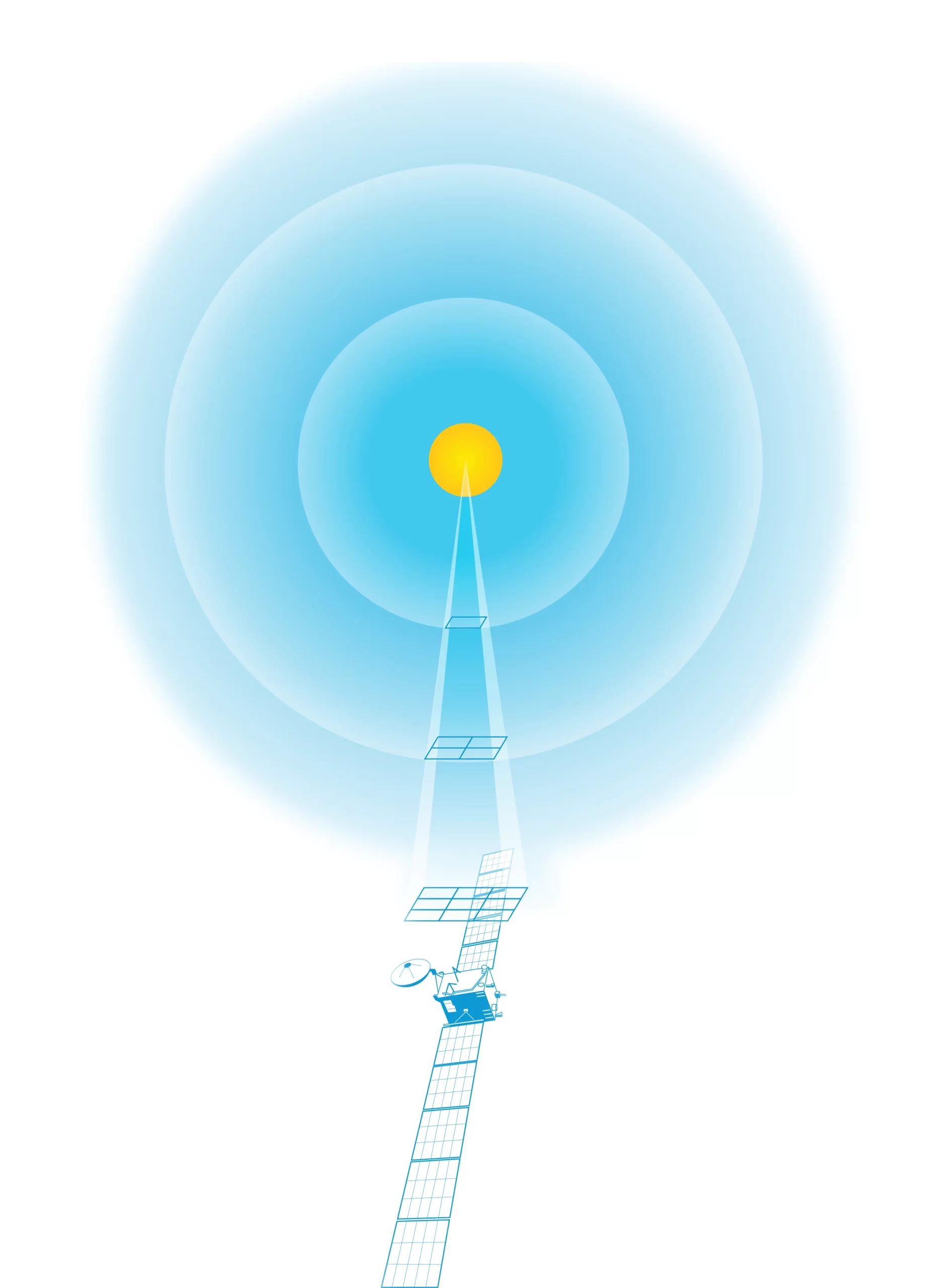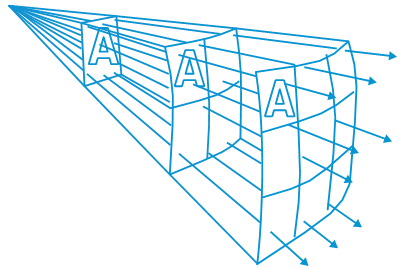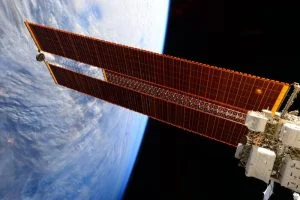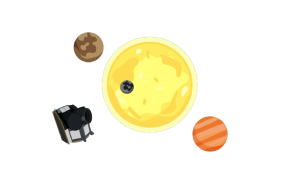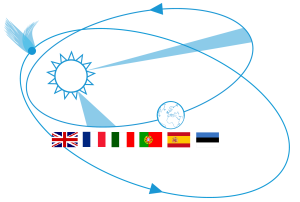
Could life survive in alien environments? – Defining environments suitable for life
Brief description: In this activity, students will consider whether life found in extreme environments on Earth could survive elsewhere in the Solar System. Students will



